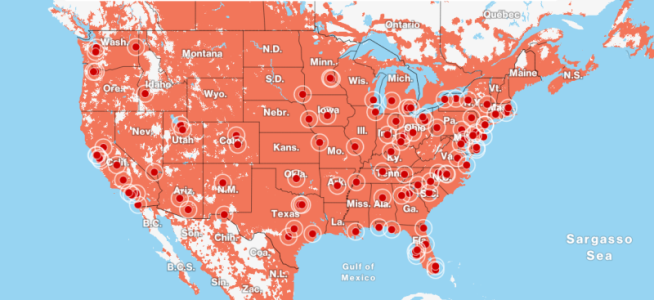tvguy
Question anything the facts don't support.
- Joined
- Dec 15, 2003
- Messages
- 48,377
We are planning a road trip from California to Lake Havasu, Arizona, Sedona Arizona, Grand Canyon, Roswell, New Mexico, Big Spring, Texas, Tucson and home.
Anyone have experience with cell coverage on the main highways in those areas on Verizon? Not interested in phone calls, just data for GPS. I am planning on bringing our Tom
Tom GPS in case of dead zones.
From what I have read Grand Canyon is fine with Verizon, and a huge dead zone with other carriers.
Any experience?
Anyone have experience with cell coverage on the main highways in those areas on Verizon? Not interested in phone calls, just data for GPS. I am planning on bringing our Tom
Tom GPS in case of dead zones.
From what I have read Grand Canyon is fine with Verizon, and a huge dead zone with other carriers.
Any experience?

